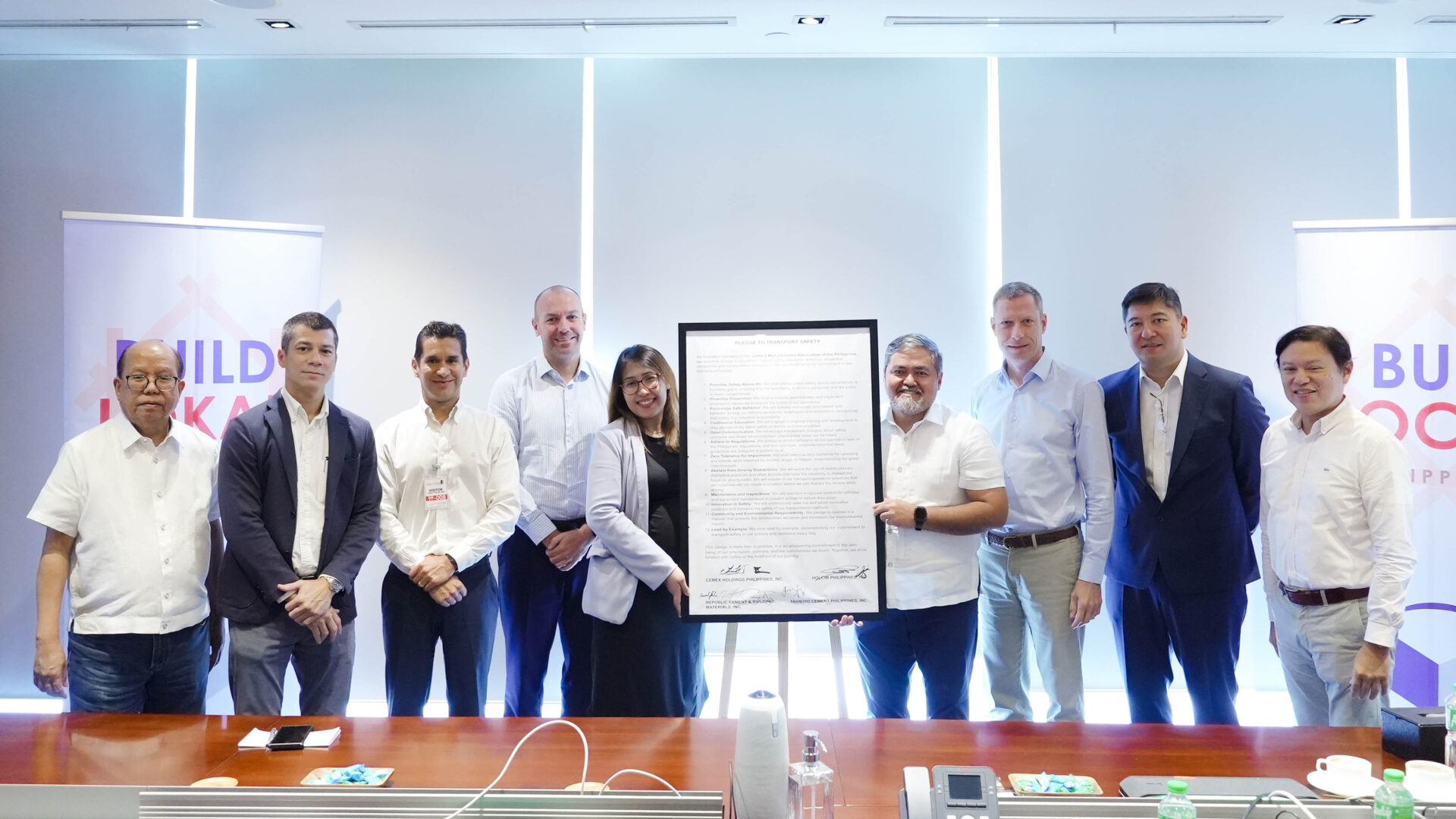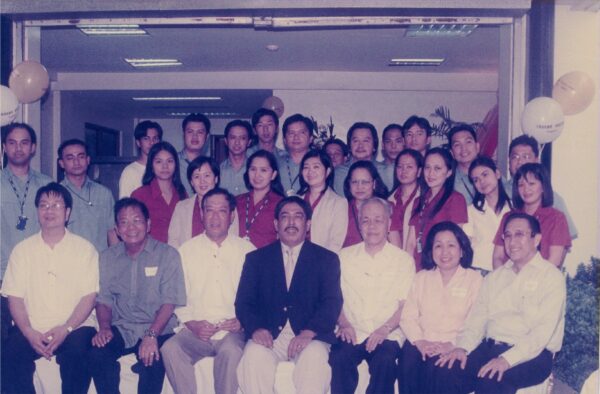ABOUT CeMAP
The Cement Manufacturers Association of the Philippines, Inc. (CeMAP) is the industry association of integrated cement manufacturers in the Philippines, with member-companies operating nationwide, comprising of Concreat Holdings Philippines, Inc., Holcim Philippines, Inc., Republic Cement, Taiheiyo Cement Philippines, Inc., and Goodfound Cement Corporation.
VISION AND MISSION
An organization that is committed to make the cement industry a growing and sustainable partner in nation building, by ensuring that high quality cement is produced.
- Ensure that the needs and interests of all integrated cement manufacturers in the Philippines are addressed by being a united voice to the public
- Promote best practices among its members, as well as to other sectors of society
- Partner with the government and private sector in promoting the development of the cement industry, infrastructure building, economic growth, and sustainable development
- Ensure that high quality cement is produced
ADVOCACIES
CeMAP takes up the concerns of the Industry, the Cement Consumers and other Cement Stakeholders through its Committees
Public Policy and Legislative Committee
Active participation in the legislative consultative process and prescribes appropriate responses of CeMAP to legislations which affect the cement industry and its stakeholders.
Product Standards Committee
Addresses issues on the standards of cement and promotes the improvement of cement quality through product standards review and development, and continuous engagement with government and non-government organizations to ensure consumer safety and protection
Sustainable Development Committee
Promotes sustainable development initiatives to help improve the environmental performance of its member companies thereby protecting the environment and all cement stakeholders.
Health and Safety Sub-Committee
Champions a health and safety culture among member companies that include In-Plant Safety and Road Safety.
CeMAP HISTORY
1957
The Cement Institute of the Philippines was organized with six members:
- Cebu Portland Cement Corporation
- Rizal Cement Corporation
- Bacnotan Cement Corporation
- Republic Cement Corporation
- Panay Cement Corporation
- Universal Cement Corporation
The association enjoyed the support of the Philippine government which recognized its importance in ensuring economic growth. The early industry association’s goals were to pool the resources of the cement industry and to undertake various endeavors that would enhance its orderly growth and share in the development of the nation’s economy.
1965
The Cement Institute of the Philippines changed its name to Cement Association of the Philippines, although retaining its original vision and mission.
1973
The Cement Association of the Philippines changed its name to Philippine Cement Corporation in keeping with a presidential decree which gave it the authority to engage in more active commercial operations, including those related to developing the export market to prepare the industry to be more globally-oriented.
1980
The word ‘Manufacturers’ was inserted to the name, to become Philippine Cement Manufacturers’ Corporation, to distinguish it from other cement organizations.
1986
The country entered into a phase of more liberalized trade with the takeover of President Corazon Aquino. The Philippine Cement Industry Authority (PCIA) was abolished and an Ad-hoc Task Force composed of the Development Bank of the Philippines and cement industry officials was formed to devise an action program for the industry.
2003
In August of 2003, the name Philcemcor was officially shed and evolved into CeMAP, the Cement Manufacturers Association of the Philippines, Inc. The new name and vision reflects the industry’s reinvigorated image geared towards meeting new challenges of the times. A more environmentally and socially aware CeMAP intends to enhance its participation in matters and affairs that will lead to assuring consumers and Filipinos that its domestic cement industry is truly part and parcel of the Filipino dream to be globally competitive and successful.
The Sources of CeMAP History:
- The Philippine Cement Industry Dr. Magdaleno B. Albarracin, Jr
- Philippine Cement Industry | THE CATHOLIC ECONOMIST



